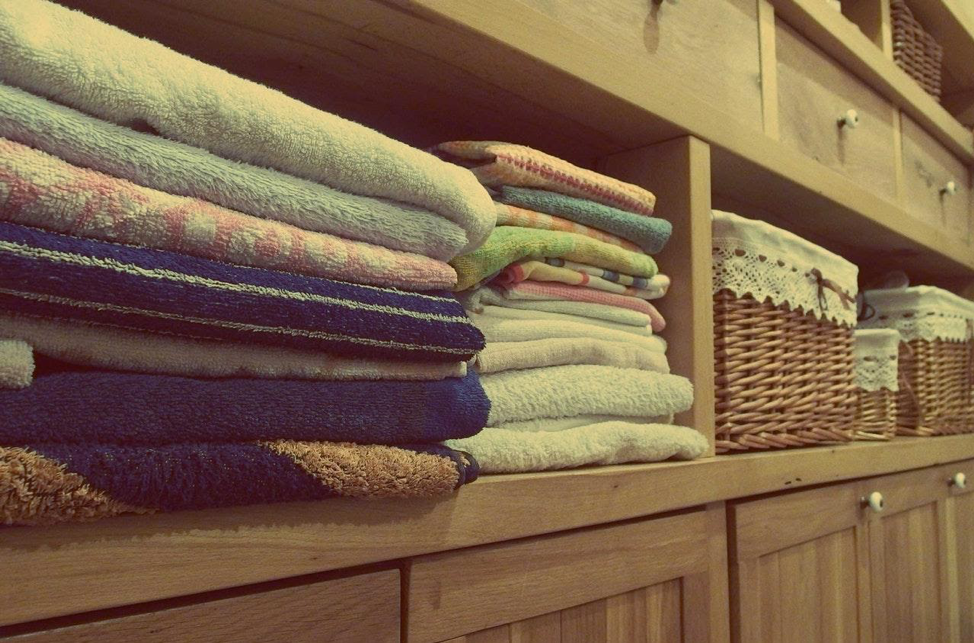On this week’s blog, expert career coach Susan Ranford shares innovative ways to make your sleep environmentally conscious. Enjoy! ;-)

Choosing to upgrade your bedroom with eco-friendly textiles and materials can require a small investment of time and money to get it just right. The benefits, like more in-depth, more consistent restful sleep, are often more than worth that price.
Choose Bedding Made with Organic, Natural Fibers and Materials
The most obvious option is to choose textiles made from plants that require fewer resources. These fibers can include bamboo silk, linen from processed flax, or hemp-based textiles.
For the best in comfort and quality of sleep, however, cotton still reigns king but is often labeled as anything but eco-friendly. However, according to new numbers, organically grown cotton, following strict conservation standards, can use up to 91% less water and still produce a product of similar or better quality.

Upgrade to a Mattress Without Synthetic Chemicals or Known Toxins
Most mattresses and bedding produced using "traditional" and perfectly legal methods will contain VOCs. VOC is short for Volatile Organic Compound. Just one new mattress or memory foam topper can leak an average of 60+ VOCs into the air of a room.
While these compounds are from natural origins, the Organic in VOC, they can break down, off-gas, and be generally hazardous to your health and the health of anyone sharing a room with that mattress.
These VOCs can be responsible for respiratory distress and lowered sleep quality, as well as other as-yet-unknown dangers. For this reason alone, it may be best to choose an organic mattress for better sleep, particularly one that hasn't been sprayed or soaked in any added VOCs.
Amp Up Your Bedroom Plant Collection
Plants in your environment may make a slight difference in air quality, but they come with other, stronger benefits. In several studies, viewing live plants during times of stress was observed to result in fewer symptoms of stress and anxiety. In a bedroom setting, this could mean more quality sleep.
If there is a particular scent that helps you relax, choosing the plant version over a synthetic product, like a fragrance oil or candle, can also contribute to their effectiveness. Plants also act as a natural humidifier, helping you breathe better in your sleep.
Be Smart About Lighting and Your Sleep Cycle
Turning down your lights in the evening can help save electricity as well as prime your brain to start producing melatonin, a sleep-cycle regulating substance that can help ensure you fall asleep. The easiest way to do this could be to install dimmers on your light switches, use smart light bulbs, or opt for a programmable night light instead of a traditional bedside lamp.

Curate the Objects You Allow Into Your Bedroom
By now, the trend to declutter every space and the benefits behind it is something most of us are familiar with. However, the effects of "emotional" clutter can't be understated. If you have an item that makes you feel even the least bit anxious or unbalanced when you look at it, get it out of your bedroom.
The less you have in your designated sleep area, the better. If possible, try to bring in items that make you feel relaxed and at your best. Less clutter also means less to keep clean, and maintaining a minimalist bedroom can help reduce bedroom-related impulse buys.
Make the Most of Color Theory in Your Bedroom
Eco-friendly paint options are available. These paints have low or no VOC output, even just 12 hours after application. If you do plan to re-paint your bedroom or use another type of wall covering, consider how the color will make you feel. Blues, greens, and dusky purples are good basic choices.

Use Natural Temperature Control Methods
If you have sleep paralysis, nightmares, or another sleep disorder, you may already know precisely how temperature can trigger your symptoms. Even those without a diagnosed sleep disorder will notice that a specific temperature leads to restless sleep, or an inability to fall asleep.
Exposure to cold (temperatures below 60 degrees Fahrenheit) can lead to increased wakefulness. To help regulate body temperature during sleep, choosing bedding made of breathable, naturally warm fibers is recommended.
Exposure to excess heat in the normal range (anything over 70F but not considered dangerous) is less likely to interrupt day-to-day sleep. However, being too warm when you're trying to get some shut-eye is never comfortable. In this case, consider investing in a sustainable buckwheat pillow over one filled with feathers or polyester can help you stay cool by increasing the airflow around your face and neck.
Special Offer From Mind Movies: Now before you go, I have a special treat for you. It’s my interactive book: Never In Your Wildest Dreams. Free for a limited time, Never In Your Wildest Dreams takes you on a journey unlike any other. Check it out right here!








